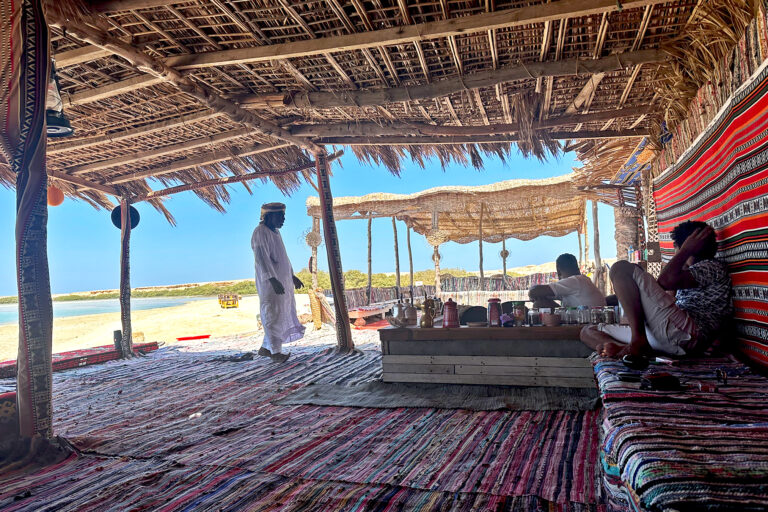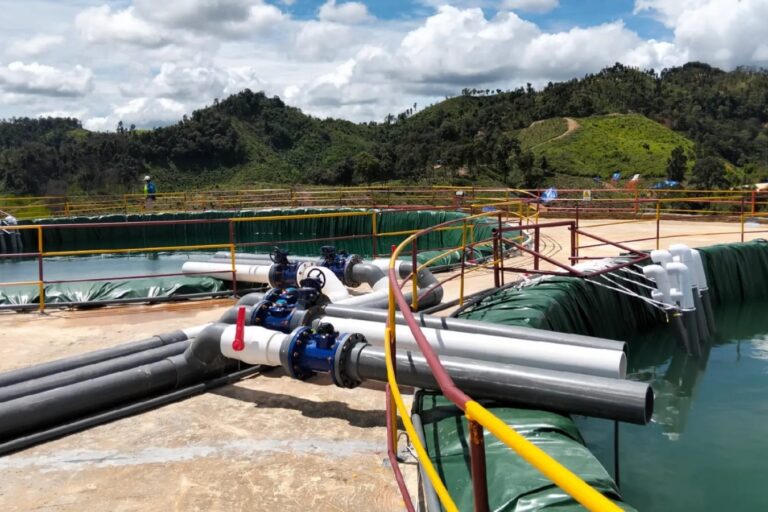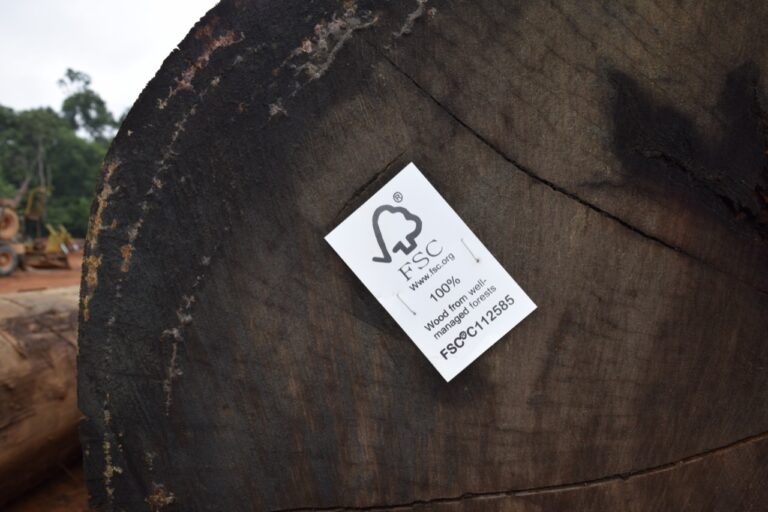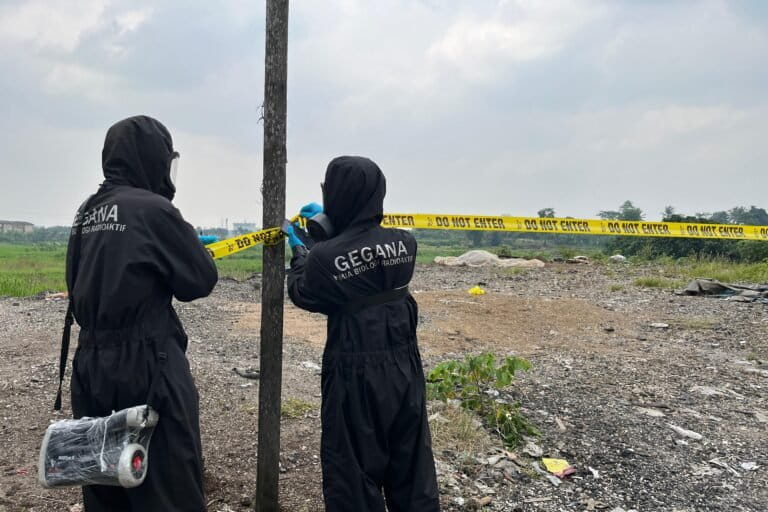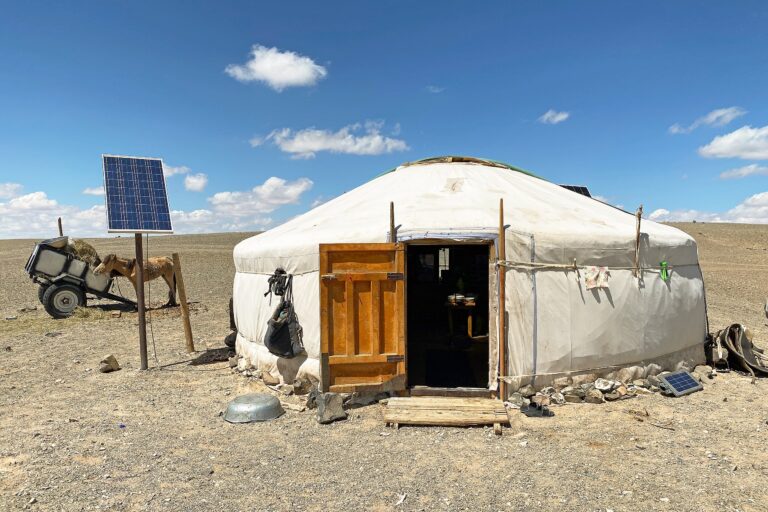- A new investigative report shows that Brazil’s largest Indigenous reserve is experiencing the most intense spate of invasions by illegal miners in 30 years.
- An estimated 15,000 of the Yanomami Indigenous Territory’s Indigenous inhabitants have been directly affected by the mining, with girls as young as 11 lured into sex work with the promise of food and clothing.
- The miners are also exploiting Venezuelan refugees fleeing the economic crisis in their country, effectively keeping them in indentured labor through insurmountable debts.
- Forest destruction as a result of illegal mining has nearly tripled since 2018 inside the Yanomami reserve; the practice has also been blamed for outbreaks of malaria and high rates of child malnutrition.
Illegal miners operating insider the Yanomami Indigenous Territory in the Brazilian Amazon are coercing Indigenous girls as young as 11 into sex work, as well as inflicting violence and disease on the wider population, a recent investigation says.
“Many miners are enticing teenage girls and women in the Yanomami communities. There are 11-, 12- and 13-year-old girls being bribed to stay in the tent with them. They offer food, clothes and work materials [in exchange for sex],” says the report of the investigation published April 11 by the Hutukara Yanomami Association.
The affected communities, all within 10 kilometers (6 miles) of the illegal mining sites inside the Yanomami reserve, are dealing with an epidemic of sexual violence, rape, murder, organized crime, malaria, child malnutrition, and the co-opting of Indigenous youths into mining, the report says.
It estimates that some 15,000 of the reserve’s 27,000 inhabitants, from 273 Yanomami communities, have been directly affected by the illegal mining.
“The Yanomami Indigenous Territory is going through its hardest times since it was created in 1992,” said the lead investigator for the Indigenous association, who asked not to be identified because of threats received in recent months.
The Yanomami land has been targeted by illegal miners for decades, but the activity has only become more violent since 2018, especially for Indigenous youths — both girls and boys. The community’s young people are being lured in exchange for food, alcoholic beverages and firearms, activists say.
According to the investigators, while the most heavily impacted Yanomami communities are Waikás, Homoxi, Kayanau and the Xitei, all of them in the part of the reserve that lies within the state of Roraima, it’s in the Parima and Aracaçá communities, in Amazonas state, where the highest rates of rape and sexual violence have been reported.
“There is an 11-year-old girl in Parima who is married to a miner,” said Junior Hekurari Yanomami, head of the Yanomami and Ye’kuana Indigenous Health District Council (Condisi-YY). “Her father died, so she was being raised by her grandmother, and then she was married off when she was 10.”
This isn’t an isolated case, Hekurari Yanomami said: “Many miners are married to Indigenous teenagers.” He said there are up to 12 “children of miners in the Parima region. And there are more pregnant girls.”

Indentured labor and working for food
According to the investigators, other people in the region are also pulled into doing a variety of jobs for the illegal miners, including diving, operating machines, cooking, and sex work. Want ads are put out on social networks and through messaging apps.
“Women are drawn in when they are told they will earn about three grams of gold for each [sexual encounter]” — the equivalent of about $185 — “or even a monthly salary of 5,000 reais [$1,025] to be a cook, but they don’t really know what they will find when they get out to the camps in the rainforest,” the report says.
Since these workers have to pay their own way to get to the mining sites, which can sometimes cost more than $2,000, more often than not the situation ends up being one of debt bondage, the report says.
“There are reports of cooks who are obligated to prostitute themselves, and prostitutes who can’t afford to buy tickets back home because of the costs in the camps like medication to treat infections, rent, food and personal hygiene products,” it says.
Most of these women are refugees from across the border in Venezuela, fleeing the economic crisis there.
Luring Indigenous youths
Yanomami individuals are also lured into the miners’ orbit, the report says. It quotes an Indigenous inhabitant recalling encounters with the miners: “The miners say, ‘This girl here. This daughter of yours is very pretty!’ And the Yanomami say, ‘She’s my daughter!’ When they say these things, the miners grab the girls. They only give a little food after they put their hands on them.”
Another individual in the report said: “They talk like this to the Yanomami: ‘If you have a daughter and give her to me, I’ll have them fly in a bunch of food and you will eat well!’”
Both individuals quoted are from the Kayanau community, at the confluence of the Couto de Magalhães and Mucajaí rivers. Other people interviewed in the region said it’s common practice for miners to bring food to the Yanomami women a few times to gain their trust. As soon as the women drop their guard, the miners abuse them sexually, they allege.
“We received reports at the end of 2020 from the Aracaçá community that 20 or 30 miners snatched a teenage girl and raped her. She died as a result,” Hekurari Yanomami said. “Also in 2020, a teenager was kidnapped by miners in Surucuru and another in Parima.”
He echoed the report’s finding that girls as young as 11 were being lured into having sex with the miners in exchange for food and clothing. “It’s a question of vulnerability,” he added.
The situation is particularly dire in Aracaçá, located in the Uraricoera River Valley, a community that has been nearly destroyed by mining. The Indigenous inhabitants there are completely dependent on the miners for food, which they trade for services like transporting fuel and other items in their canoes. This dependence has also fueled violent clashes between the Palimiu Theli and Sanöma clans that make up the Yanomami community in Aracaçá, according to the report.
“According to the Palimiu Theli, the miners give them booze and a ‘white powder’ that make the Sanöma addicted and lead to violence among the Aracaçá,” it said.
Hekurari Yanomami cited another reported recent incident in the Surucuru community.
“The miners arrived there in December. They offered 50 firearms to be allowed to work — actually to destroy the community’s land. A few young people accepted it,” he said. “Other communities are angry and blamed these young people for making our river dirty. We had to travel out there in March to resolve conflicts among our own Yanomami people.”

Triple the mining in three years
Mining inside the Yanomami Indigenous Territory has intensified since 2016. But the investigation found that it really picked up pace — nearly tripling — over the past three years. In October 2018, the total land area destroyed by mining activity was approximately 1,200 hectares (3,000 acres); in December 2021, the destruction had spread across 3,272 hectares (8,085 acres).
The report showed that most of the mining scars visible in satellite imagery are in the Roraima section of the reserve. Nearly half of the degraded area (45%) lies in the Waikás region, along the Uraricoera River. The region with the second-largest destroyed area is Kayanau, where the Couto Magalhães and Mucajaí rivers meet, accounting for just over 20% of the degradation. This is followed by Homoxi, on the Venezuelan border, with 12%.
In the reserve’s Xitei community in northern Roraima state, at the headwaters of the Parima River, mining increased by 1,000% during 2021.
But the Uraricoera River Basin region of the reserve remains the most affected by mining, where 45% of the operational mines are located. It also holds the largest mining camps and the most developed mining infrastructure. Miners access the region via ports located outside the reserve, near the Maracá Ecological Station. According to the investigation, there’s no government security post to protect the Indigenous inhabitants in this region, known as an ethno-environmental protection base, which is why illegal invasions have persisted.
“These ports are either located on private land or on unused public land that falls under the control of mining operations,” the lead investigator said.
“Even though January 2022 was a particularly dry month in Roraima, the waters of the Uraricoera River were still high and the ship traffic was heavy,” the report said. “When we flew over, we could see many boats full of gasoline tanks, natural gas tanks, food and equipment running up and down the river.”
The miners can also bring in supplies by air, but this can be prohibitively expensive: a one-way shipment of 500 kilograms (1,100 pounds) of cargo costs around $2,200.

Planes, helicopters and quad bikes
The investigators used remote-sensing technology to map out the destruction caused by mining and to identify the logistics used by the miners to enter the Indigenous territory — an area accessible only by helicopter and boat.
The lead investigator said they found at least five large mining camps close to airstrips controlled by the miners. “The camps offer a lot of structure and services, ranging from prostitution houses to shops. The Federal Police even found a dentist’s office in a camp one time,” the lead investigator said.
Even the smaller mining camps inside the Indigenous territory today have internet access via radio or satellite. Yet the Indigenous communities can’t get reasonably priced internet access for their schools or health clinics “because most of the high-speed packages available from the companies offering services in Boa Vista are already sold to mining companies even though everyone knows they are operating illegally!” the report said.
Another important logistical and operational factor for the mining operations are the airstrips for small planes.
“The planes carry in fuel and other goods to the airstrips. Then, helicopters make smaller deliveries to mining camps in the middle of the forest,” the lead investigator said.
“Permanent monitoring of the fuel stations that supply airplanes in the region would make it possible to shut down this mining logistics in Roraima,” the report said.
In 2021, the miners began using quad bikes on the open trails leading from the large camps to the smaller ones along the river.
“The report points out that mining today is nothing like the popular image held by most — a group of disorganized adventurers trying out their luck,” the lead investigator said. “Mining today is a highly organized activity that depends on high-level investments and is run by businesspeople who control the machinery and oftentimes the services.”
Drugs and organized crime have also flourished with the illegal mining operations in the Yanomami Indigenous Territory. The report describes the involvement of the PCC (Primeiro Comando da Capital, or First Command of the Capital, Brazil’s biggest organized crime organization) in a series of attacks on Palimiu communities that had been resisting the invasions by miners.
“We have information that the PCC has infiltrated mining in Roraima,” the report said. “They began by offering security services in the region, and are now growing and diversifying their business. They have begun working with shipping services and prostitution.”

Health care professionals denied access
Many of the airstrips dotted throughout the Yanomami territory predate the illegal miners, set up originally for use by community health workers in the reserve.
“For example, in the Homoxi region, where most of the mining is taking place, there is an airstrip that health professionals have always used to reach the communities. Now that it is controlled by the mining operation, the clinics in the region have all been abandoned,” the lead investigator said.
The Homoxi region lies at the headwaters of the Mucajaí River, and the airstrip that serves it is known as Jeremias. The building that housed the clinic serving more than 5,000 Indigenous inhabitants as recently as 2020, is today occupied by the illegal miners.
“We asked the miners for permission to use the airstrips, but they didn’t let us. Most health professionals have already been threatened by miners, but they are afraid to file complaints,” Hekurari Yanomami said.
According to the Yanomami and Ye’kuana Indigenous Health District Council, 615 Indigenous people have gone without medical care for more than six months because the mining operations have taken over the airstrips.
“The last time we tried to land the health department’s helicopter there, we waited 30 minutes in the air asking for clearance from the miners by radio,” Hekurari Yanomami said.
Once a lifeline for the communities, the airstrips today pose a deadly danger to the Indigenous inhabitants. In July 2021, a young Yanomami man was struck by a plane on an illegal airstrip and kills. According to Indigenous leaders, the plane was used by the miners on the reserve.
The Yanomami Indigenous Health Council reported that the miners tried to bribe the victim’s family into not reporting the death. “They offered many rifles and guns to the Yanomami if they would remain silent, but we reported it,” said a source who asked not to be identified.
15 days to catch a fish
Mining in the region has also affected the fish and wildlife that the Indigenous inhabitants rely on, especially because of the noise of their heavy machinery.
“I visit the communities often. In nearly all of them, the old people ask me for help. They say, ‘Years ago, I could eat fish every day,’ or ‘Our women would go collect shrimp every day,’ or ‘Today I can’t feed my community. It’s getting very difficult,’” the report said.
Hekurari Yanomami said that in the regions where mining activity is most intense, people have to travel far from the community to find fish. “Many take 15 or 20 days to catch a fish,” he said.
Also included in the report are accounts of the rapid spread of malaria and an epidemic of child malnutrition in the communities where mining has taken hold, especially the Arathau community along the Parima River. There, cases of malaria increased by 1,127% between 2018 and 2020, and nearly 80% of the children under 5 are underweight or severely underweight.
Banner image of a Yanomami woman with her child, by Sam valadi via Wikimedia Commons (CC BY 2.0).
This story was reported by Mongabay’s Brazil team and first published here on our Brazil site on April 11, 2022.






